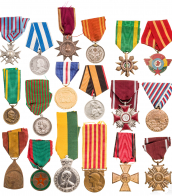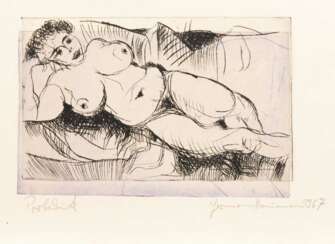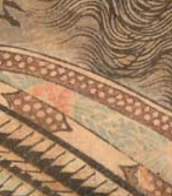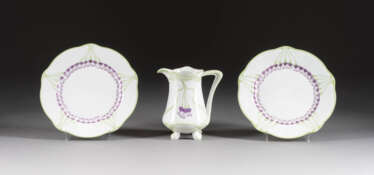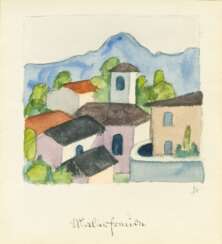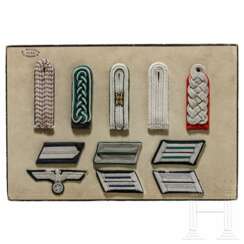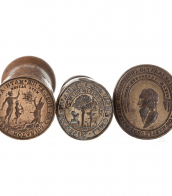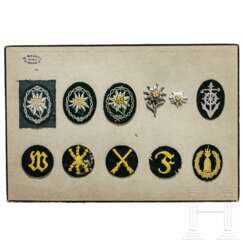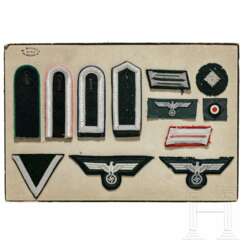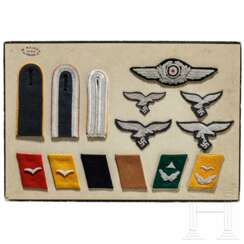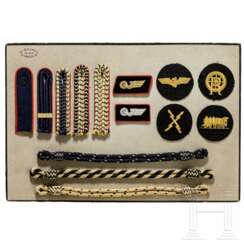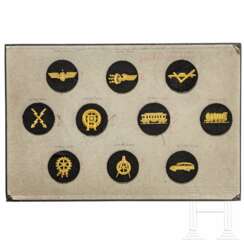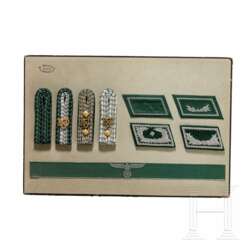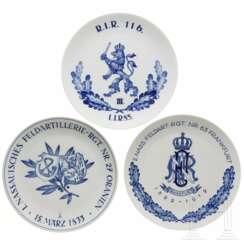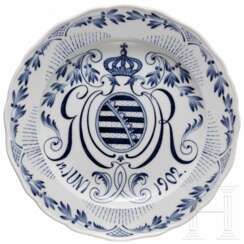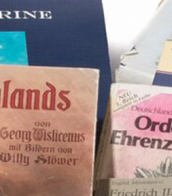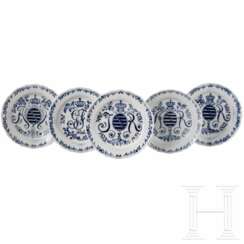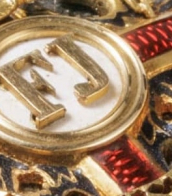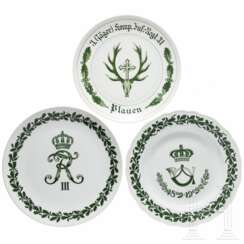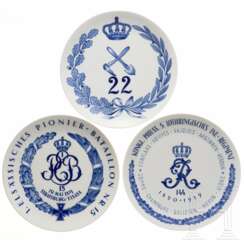hermann eller
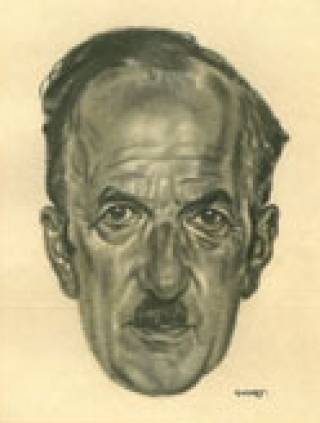
Hermann Gradl was a German artist of the first half of the twentieth century. He is known as a painter, graphic artist, illustrator and teacher, professor of art.
Hermann Gradl took up painting at the age of 25. He was self-taught, learning from the works of the masters of the Old German and Dutch schools, as well as the romanticized realists of the 19th century. The artist created small- and medium-format idyllic landscapes, urban vistas, and genre scenes. The rise to power in Germany of the National Socialists strengthened Gradl's position, as his work conformed to the cultural policies of the Third Reich. Hitler celebrated him as the best contemporary German landscape painter.
In all, Gradl created more than 8,000 drawings, some 2,100 oil paintings and hundreds of illustrations during his career.
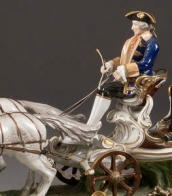
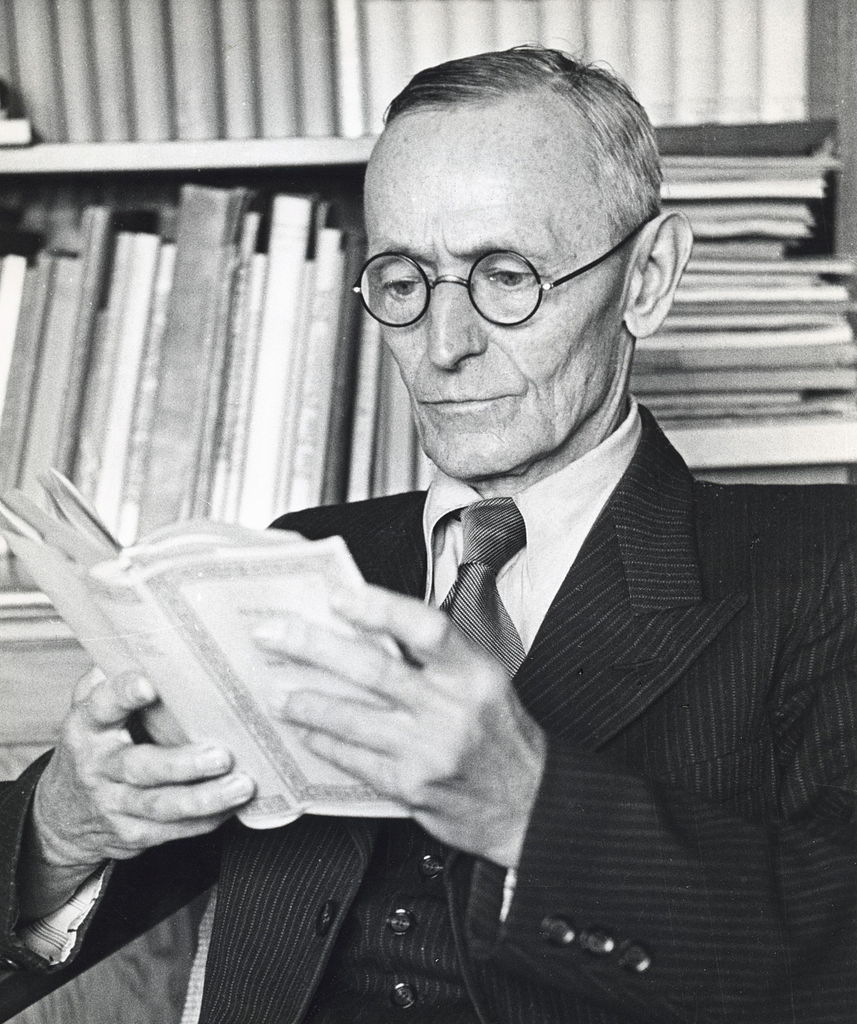
Hermann Karl Hesse was a German-Swiss poet, novelist, and painter, known for delving into themes of authenticity, self-knowledge, and spirituality. Born in Calw, Germany, Hesse's exploration of the individual's quest for truth won him the Nobel Prize for Literature in 1946. His storytelling weaves a rich tapestry of philosophical thought, evident in masterpieces like "Steppenwolf" and "Siddhartha," which resonate deeply with the human experience.
Renowned for his lyrical prose and profound insights into the human spirit, Hesse's works are a cornerstone of 20th-century literature. They challenge readers to seek beyond the confines of society and find a deeper sense of self. His narrative style combines simplicity with a deep philosophical undercurrent, inviting reflection and introspection.
Collectors and connoisseurs of literature hold Hesse's works in high esteem, not just for their literary merit but also for their cultural significance. For those interested in the evolution of literary thought and the pivotal role of introspective narratives, Hesse’s works are invaluable. Delve into his writings to discover the essence of early 20th-century philosophical literature and consider adding them to your collection for both their historic and artistic value.

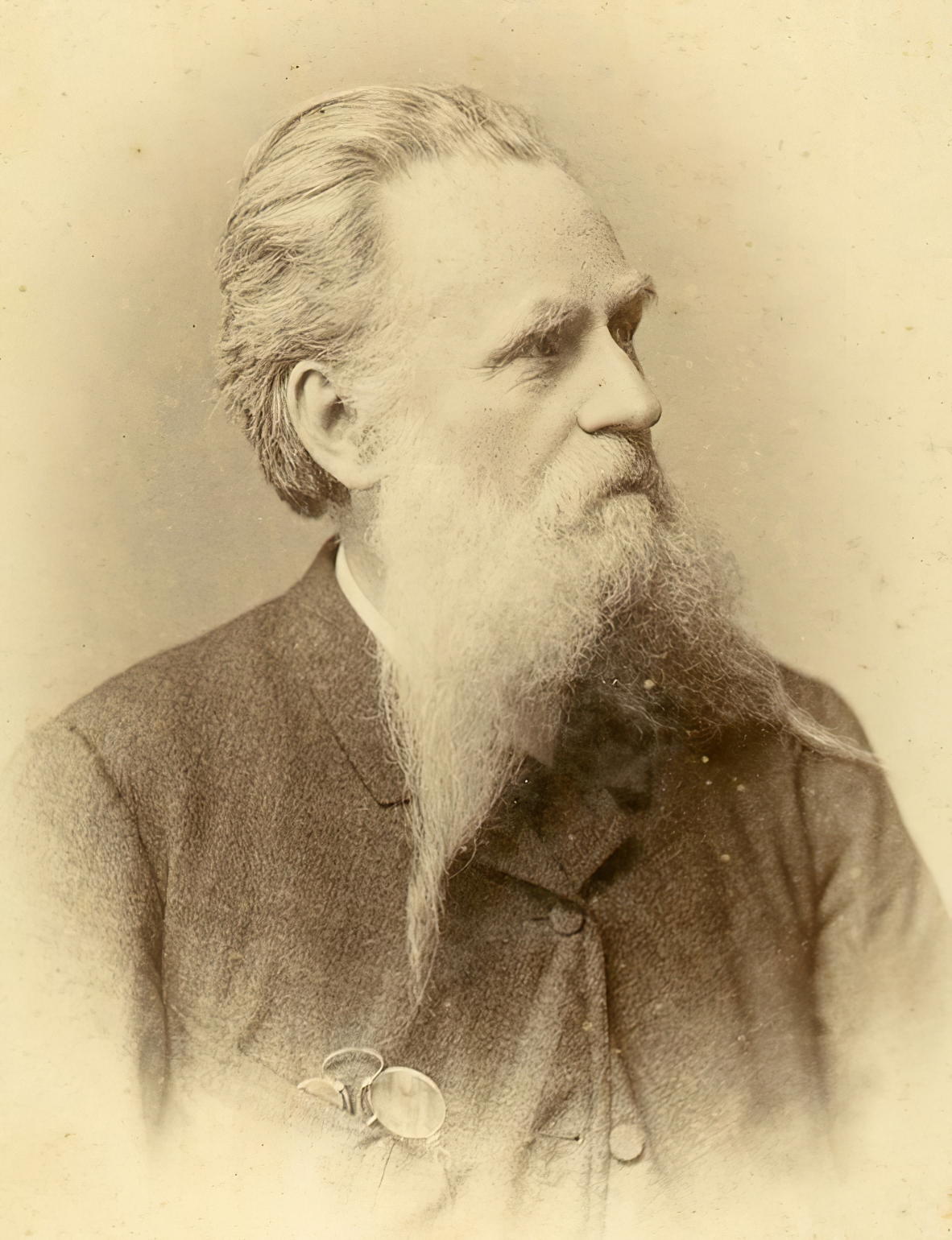
Hermann Wilhelm Benjamin Eschke was a German painter of the second half of the 19th century. He is known as a marine painter.
Hermann Eschke began his career by traveling through southern France and the Pyrenees, after which he became a free-lance artist, creating sketches and designs while traveling in Europe. In collaboration with his son Richard Eschke, the master created murals and dioramas, including works for the Imperial Panorama in Berlin. His contribution to art was recognized with honors and medals, including the title of "Royal Professor" and the gold medal of the Berlin Artists' Association.

